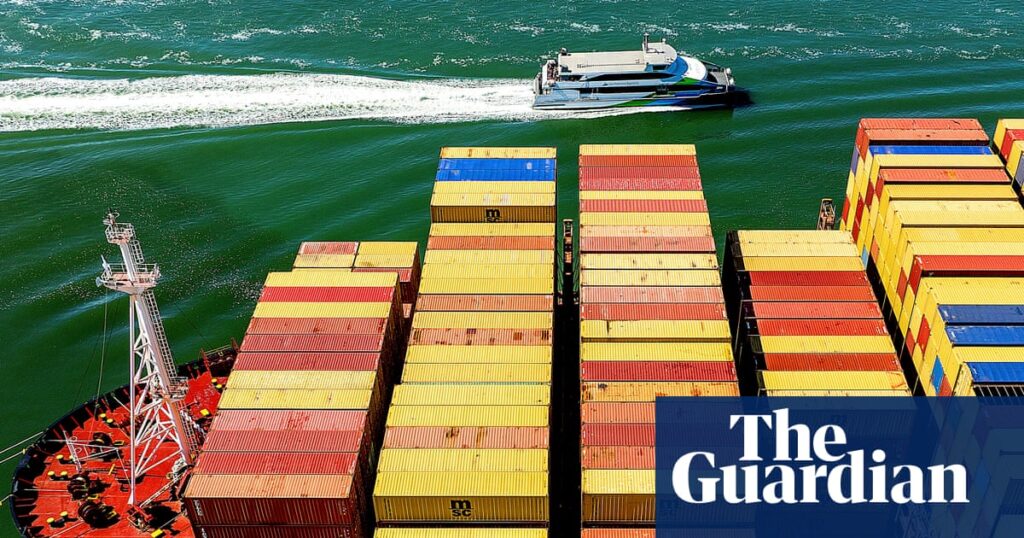
Dozens of countries are now grappling with increased taxes on their exports to the United States following the implementation of President Donald Trump’s latest wave of country-specific tariffs. These sweeping “reciprocal” levies, announced by the White House just a week ago, came into effect at precisely one minute past midnight Washington time on Thursday.
In a late-night social media post, President Trump asserted that the new tariffs would result in billions of dollars flowing into the US economy. “The only thing that can stop America’s greatness would be a radical left court that wants to see our country fail,” he wrote, referring to an ongoing case in the US court of appeals that is evaluating whether he overstepped his authority in imposing these tariffs.
Impact on Global Trade
The new tariff rates vary significantly, with Syria facing a 41% levy, while the UK encounters a 10% increase. These tariffs are in addition to the existing duties on imported goods. For instance, Brazil’s “reciprocal” tariff stands at 10%, but an executive order has added a 40% levy, bringing the total to 50%, linked to the prosecution of former President Jair Bolsonaro.
The European Union, however, is an exception. Its baseline rate is set at 15% following a framework agreement, meaning products like cheeses, which typically face a 14.9% duty, will now be taxed at 15% instead of 29.9%. This adjustment is part of a broader effort to mitigate the impact of the tariffs on EU exports.
International Reactions and Negotiations
Since the tariffs were announced, governments worldwide have been scrambling to negotiate deals to avoid the potential economic fallout, including investor deterrence and job losses. Swiss President Karin Keller-Sutter visited Washington for meetings with senior Trump administration officials, seeking to reverse a surprising 39% levy on Swiss goods.
Meanwhile, India faces a potential increase from 25% to 50% after an executive order was signed by Trump in retaliation for India’s purchase of oil from Russia. Delhi has 21 days to respond, and Trump has indicated he may extend similar measures to other countries trading with Russia.
Historical Context and Economic Implications
Trump first introduced the concept of country-specific tariffs on April 2, a date he dubbed “liberation day,” arguing that the US had been economically exploited by other nations for decades. After several pauses and negotiations, the new tariff rates were confirmed last Friday.
Some countries have managed to secure reductions through negotiations, including the UK, Thailand, and the EU. Others, like Canada and China, are still in discussions. Canada faces a 35% total rate, while Mexico was granted a 90-day extension to avoid an increase from its 25% rate. China is currently negotiating before a separate deadline on August 12.
Future Prospects and Economic Analysis
The imposition of these tariffs marks a significant shift in US trade policy, reflecting a more protectionist stance. Experts warn that while the tariffs might bring short-term revenue, they could also lead to higher prices for American consumers and strained relationships with key trading partners.
Trump has also issued a warning about a potential 100% tariff on semiconductor chips imported from countries not manufacturing in the US or planning to do so. This move could have far-reaching implications for the tech industry, which relies heavily on global supply chains.
As the global trade landscape continues to evolve, the coming weeks will be crucial in determining the long-term effects of these tariffs. Countries affected by the new levies are likely to intensify their diplomatic efforts to negotiate better terms, while businesses and consumers brace for the economic impact.







